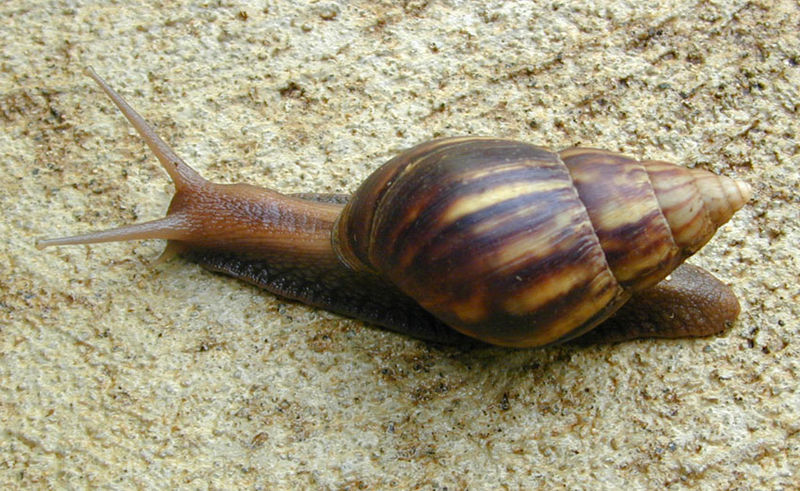 Environmental & Science Education
Environmental & Science EducationSTEM
Biodiversity
Biological Evolution
Extinction
Nature of Science
History of Science
Edward Hessler
--I love Cerion with all my heart and mind.--Stephen Jay Gould*
On January 4, 2019, the Hawaii Department of Land and Natural Resources announced a significant death. Another species has disappeared from the planet. The last known Achatinella apexfulva in the Hawaiian Islands, 'George,' died on New Year’s Day, 2019. George was approximately 14 years old and his name was derived from the Pinta Island Galapagos tortoise, 'Lonesome George,' also the last of its species.
George died in captivity, the last of ten who it was hoped would produce offspring so that a small population would grow.
The news release also notes that Achatinella apexfulva was the first of over 750 species of land snails from the Hawaiian Islands described in western science. The first mention dates back to at least 1787 when Captain George Dixon was docked on O‘ahu and was given a shell on a lei. These snails were once common on O‘ahu in the Ko‘olau Mountains and were used heavily for lei making as access to them was much easier at lower elevations. (my emphasis)
Land snails have contributed to our understanding of biological evolution, namely the importance of geographical separation in speciation. Much is owed to the pioneering work of missionary and evolutionist, John Thomas Gulick (13 March 1832 - 14 April 1923), who was born in Hawaii, on the island of Kauai. He was the first to note the role of geographic isolation in species formation.
Gulick can be credited with discovering 'intra-island endemism,' i.e., the ecological state of being unique to a particular place. In this case, on an island with the endemic (unique) species being found in the valleys separated by ridges.
Rebecca Rundell wrote a splendid review of Gulick, including his life, and his work which was published in the American Malacological Bulletin (2011). This paper provides insights into the nature of science (e.g., naturalists v. experimentalists, the fortuitous nature of discovery, being in the right place, taking advantage of a general interest in shells) and the history of science (how ideas change and reasons for those changes). In her article, Rundell discusses an early debate on mechanisms for evolutionary change. In this particular case it was natural selection or geographic isolation (now both are regarded as mechanisms). The paper includes an interesting map.
*Cerion was a genus of tropical land snails from Bermuda and islands of the Caribbean that the late paleontologist and evolutionary biologist Stephen Jay Gould studied.

 CGEE Student Voice
CGEE Student Voice
No comments:
Post a Comment